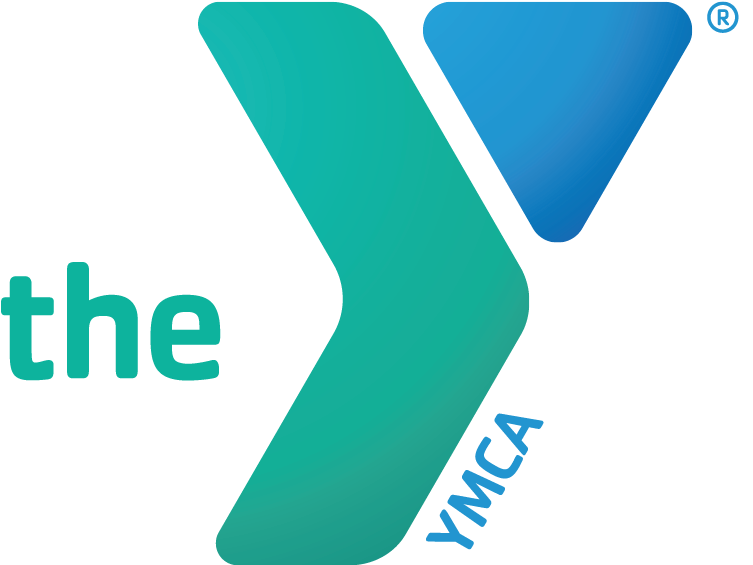Posture and Body Alignment
We are either moving toward better health or away from it. Correct posture and body alignment are often-overlooked aspects of physical health. Consequences of misalignment include pain (particularly in the head, neck, jaw, or lower back), vertigo, swallowing difficulties, and numbness or tingling of extremities. Gentle movements that focus on stretching, strengthening, and range of motion can help correct postural deficits and in turn reduce pain and discomfort. Stretching releases tension; strengthening improves alignment; range of motion exercises loosen ligaments and tendons around a joint and stimulate joint lubrication.
Let’s look at some simple postural strategies that can be practiced daily:
- Sit or stand with ears over shoulders/shoulders over hips (hips over heels when standing). To practice this posture, stand with your back to a wall --head, shoulders, buttocks, and heels touching the wall. Step away from the wall and maintain this posture.
- Roll shoulders back and down, away from ears.
- Sit with tailbone gently pressed toward chair, navel pressing toward spine.
- Sit with feet uncrossed, flat on floor.
- When sitting for an extended period of time, stand up and move once every hour for 2-3 minutes to relieve pressure on the lower back and realign posture.
- Stand with hands falling to the sides of thighs, not in front of thighs. This helps to keep shoulders back and down, as opposed to rounding forward.
- Stand with toes pointing forward.
- Reading in bed: Sit with pillow at lower back, keeping head aligned with trunk.
- Lying down: Avoid crossing ankles.
- Lifting: Bend knees, hinge at hips, keeping natural curve at lower back; contract thigh and buttocks muscles, lifting object close to body. *Avoid turning and bending at the same time.
Walking on earth (dirt, sand, grass) strengthens the muscles, ligaments, tendons, and bones in the feet and ankles. This can assist with correct posture from the ground up.
See your health care provider or certified fitness instructor/personal trainer for specific stretching, strengthening, and range of motion exercises appropriate for you. The following websites may also be helpful with regard to gentle range of motion exercises:
How To Do Active Range of Motion Exercises, https://carrington.edu
Range of Motion Exercises for Arthritis, www.health.harvard.edu
Passive and Assistive Range of Motion Exercises: alsworldwide.org
Reference: End Everyday Pain for 50+, Dr. Joseph Tieri


